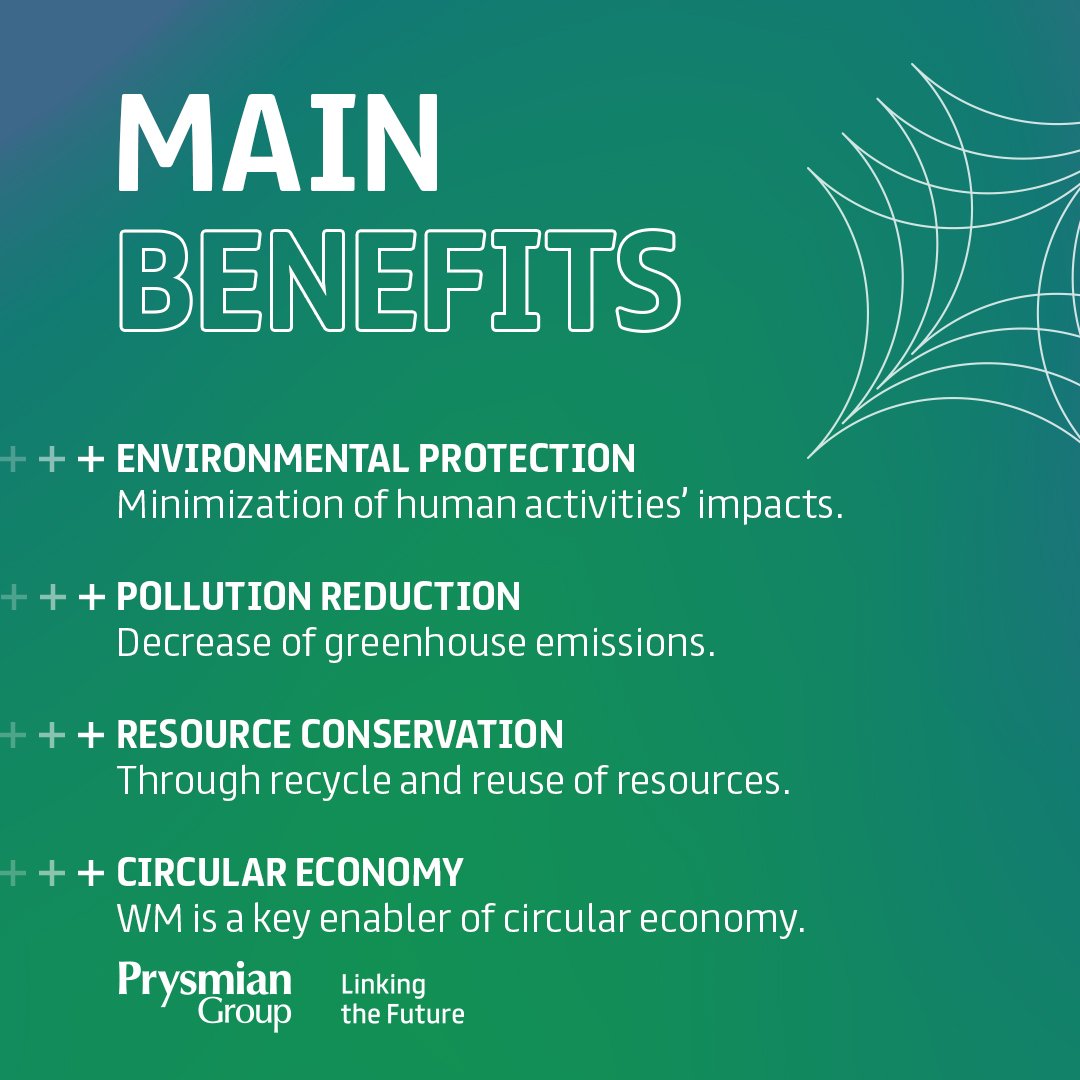Some Known Questions About Reclaim Waste.
Some Known Questions About Reclaim Waste.
Blog Article
Unknown Facts About Reclaim Waste
Table of ContentsSome Known Facts About Reclaim Waste.Not known Incorrect Statements About Reclaim Waste Getting My Reclaim Waste To WorkSome Ideas on Reclaim Waste You Need To KnowReclaim Waste Fundamentals Explained
Domestic sewage waste refers to the waste and products from a property septic container. The correct monitoring and disposal of residential sewer waste require liquid waste to be transferred to a sewage treatment plant where the appropriate approaches and equipment are applied to cleanse and dispose of waste.
Commercial waste usually includes possible threats, such as flammable products or a blend of fluid and strong waste products, and calls for an advanced and thorough disposal procedure. The disposal of commercial waste commonly entails the filtration of waste before transportation to make sure safe and appropriate disposal. Hazardous waste is produced from byproducts and overflow of industrial processes and manufacturing.
This kind of waste can not make use of the very same sewage management transportation or procedures as septic or industrial fluids. The commercial waste management process requires the examination and testing of fluid waste before it undergoes the disposal process (liquid waste disposal melbourne). Runoff waste is the fluid waste that originates from overflow and excess stormwater in extremely populated areas or cities
Runoff waste can trigger contamination and flooding if not taken care of effectively. Making certain appropriate waste administration can protect against calamities and minimize environmental injury.
Some Ideas on Reclaim Waste You Should Know
Contact PROS Providers today to learn more about our waste monitoring and disposal services and the correct ways to care for the liquid waste you produce.
(https://slides.com/reclaimwaste1)This so-called 'wastewater' is not only a vital source however, after therapy, will be launched to our land, waterways or the ocean. Used water from toilets, showers, baths, kitchen sinks, washings and industrial processes is known as wastewater.

water used to cool down equipment or tidy plant and equipment). Stormwater, a form of wastewater, is runoff that flows from farming and urban locations such as roofings, parks, gardens, roads, paths and rain gutters into stormwater drains, after rainfall. Stormwater streams without treatment straight to regional creeks or rivers, ultimately getting to the ocean.
Our Reclaim Waste Diaries
In Queensland, the majority of wastewater is dealt with at sewage treatment plants. Wastewater is transported from domestic or commercial websites via a system of sewers and pump terminals, recognized as sewerage reticulation, to a sewer treatment plant.
The Division of Natural Resources advises city governments about managing, operating and keeping sewage systems and therapy plants. In unsewered areas, city governments may call for homeowners to mount individual or house sewage therapy systems to deal with domestic wastewater from bathrooms, kitchens, washrooms and laundries. The Division of Natural Resources authorizes making use of home systems when they are proven to be reliable.
In some brand-new neighborhoods, therapy of some stormwater to eliminate trash, sand and gravel has actually begun utilizing gross pollutant catches. Wastewater therapy happens in four phases: Removes strong matter.
Wastewater after that moves into huge storage tanks where solids clear up and are removed as sludge. Grease and residue are skimmed from the surface area. Utilizes tiny living organisms called micro-organisms to damage down and eliminate staying liquified wastes and fine fragments. Micro-organisms and wastes are incorporated in the sludge. Removes nitrogen and phosphorus nutrients that can cause algal flowers in our waterways and threaten aquatic life.
Unknown Facts About Reclaim Waste
Nutrient elimination is not readily available in any way sewage treatment plants due to the fact that it calls for expensive specialised tools. It is coming to be more common in Queensland. Clear liquid effluent produced after therapy may still have disease-causing micro-organisms. If this effluent is released right into waterways such as rivers or the sea, check this the micro-organisms will ultimately die out.

This usually suggests wastewater has to be dealt with or pollutants gotten rid of before it can be released to rivers. A lot of wastewater streams into the sewage system. Under the Act, city governments carry out authorizations and permits for ecologically appropriate tasks (ERAs) entailing wastewater releases that might have a neighborhood influence. The division carries out authorizations and licences to Periods involving wastewater releases that could have a regional or statewide influence.
4 Simple Techniques For Reclaim Waste
Otherwise, samples are considered research laboratory analysis. Often numerous examinations are needed to develop the degrees of each of the various contaminants such as oils, hefty metals and pesticides in water. Surveillance offers accurate info concerning water quality and can verify that permit conditions are being met. The info acquired via monitoring offers the basis for making water high quality decisions.
Report this page